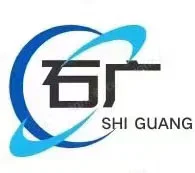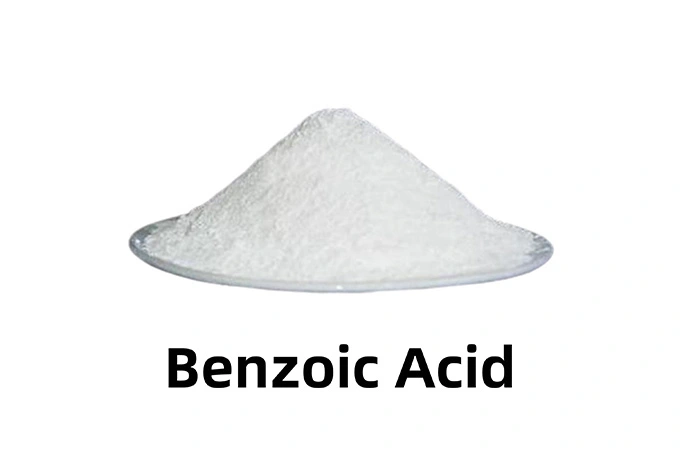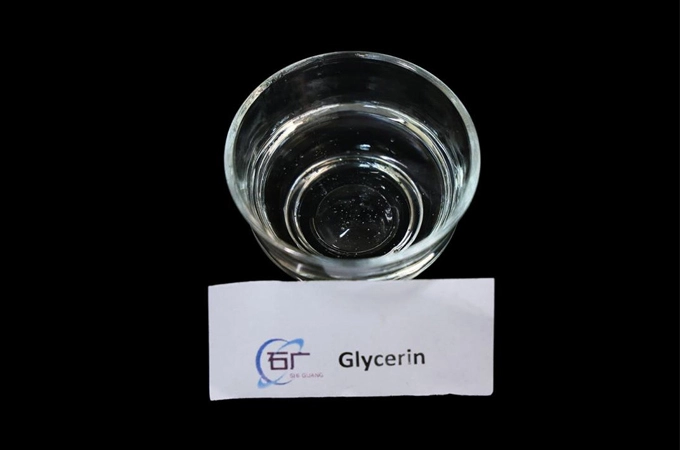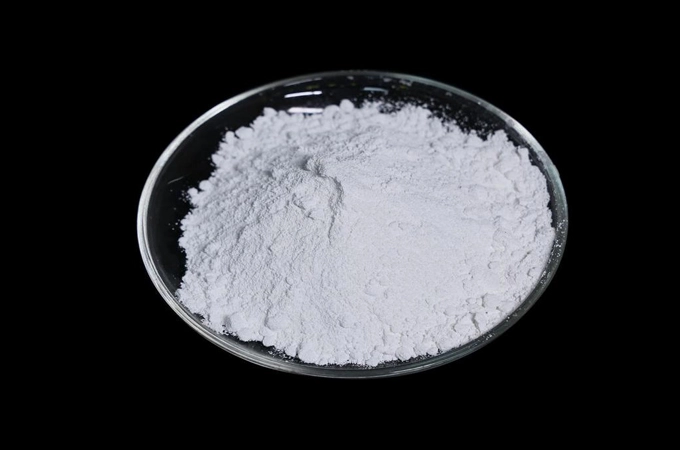Cobalt oxide (Co₃O₄) is a functional material with broad application prospects, demonstrating outstanding performance in fields such as batteries, catalysis, medical care, and environmental governance. With the growth of global demand for sustainable development and efficient energy, the research and commercial application of cobalt oxide are embracing new opportunities.
1.Energy storage: A key material for high-performance batteries
Cobalt oxide is a core component of cathode materials for lithium-ion batteries (such as LiCoO₂), featuring high energy density and stable electrochemical performance. However, traditional cobalt-based materials are confronted with problems such as resource scarcity and environmental impact. The latest research has optimized the design of alternative materials such as lithium nickel oxide (LNO) through quantum computing simulation to reduce the reliance on cobalt. In addition, scientists have developed an electrothermal regeneration technology that can efficiently recycle used lithium cobalt oxide batteries within 30 seconds, significantly reducing energy consumption and carbon emissions.
2. Catalysis and Chemical Engineering: Enhancing reaction efficiency
Cobalt oxide performs well in the field of catalysis, especially in reactions such as the hydrogenation of carbon dioxide. Research has found that the selection of carrier materials (such as cerium dioxide or silicon dioxide) directly affects the stability and catalytic activity of cobalt oxide. In addition, the recovery of spent cobalt catalysts through hydrogen reduction can avoid the CO₂ emissions of traditional metallurgical processes and achieve a green circular economy.
3. Medical applications: Antibacterial and targeted drug delivery
Cobalt oxide nanomaterials show great potential in the biomedical field. Researchers synthesized green nano-sponges (Co₃O₄ NS) using plant extracts, which can load antibiotics (such as streptomycin) and precisely inhibit the growth of drug-resistant bacteria, with an inhibitory efficiency of up to 94.7% against Pseudomonas aeruginosa 12. This technology provides new ideas for anti-infection treatment.
4. Sustainable Development: Recycling and Environmental Innovation
As the global demand for cobalt resources grows, recycling technologies have become crucial. In addition to battery regeneration, the hydrogen reduction method is also used to extract metallic cobalt from industrial waste catalysts, reducing mining dependence. Meanwhile, the application of cobalt oxide in supercapacitors (such as 3D nanowire structures) has further enhanced energy storage efficiency by 10.
Conclusion
The versatility of cobalt oxide makes it a core material in energy, medical and environmental protection technologies. In the future, by integrating the concepts of quantum computing, green chemistry and circular economy, the innovative application of cobalt oxide will continue to drive technological progress. If you are interested in commercial cooperation or technical solutions for cobalt oxide, please feel free to contact us at Shiguang (Hebei) Supply Chain Management Co., Ltd. to explore the infinite possibilities of this material together!
 English
English Nederland
Nederland


